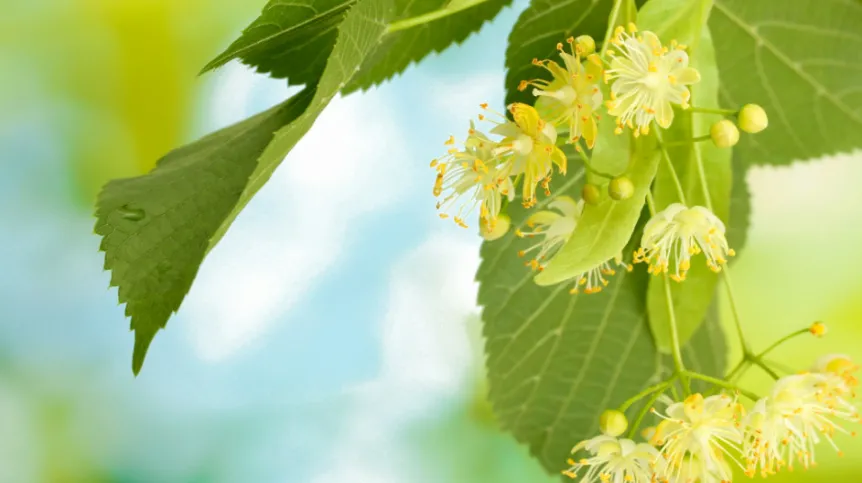
Maple, chestnut, linden and oak leaves? All of them have characteristic vein-like lines on their surface. It is not just decoration, but an essential element for plants\' life, transporting a variety of substances. Scientists are looking for the mechanisms of the formation of these patterns.
Leaves of all plants - though very different - have characteristic lines on their surface. Everyone who has ever had a closer look at a leaf knows that. These characteristic patterns are parts of the vascular system of plants. They are visible on leaves, but they are also present in every part of the plant - including the stem and roots. However, in other parts of the plant they are not visible.
"The vascular system consists of a series of cells that transport various substances in the plant: water, sugars, hormones and proteins. It is a bit similar to the circulatory system of animals. It is essential for the functioning of each plant and grows with the development of each of its organs. At the time of the formation of a new organ, its vascular system begins to form as well" - told PAP Dr. Agata Burian from the University of Silesia in Katowice.
In addition - explained the researcher - the vascular system may determine the arrangement of leaves on the stem and influence the formation of new patterns - "nerves" in the leaves. When we look closer at plants, it becomes clear their various parts - such as leaves growing on the stem - are not arranged randomly, but in a specific order. They form a specific pattern. The most common is the spiral pattern, but there are also plants in which parts are located opposite of each other on the stems. The patterns depend on the size of the leaves or stems and plant species.
The leaves are formed at the apex of the shoot, where the so-called meristems are located. They contain undifferentiated cells that divide and give rise to all the above ground organs of plants. "We want to return to the classical hypotheses that emphasize the participation of the vascular system of the shoot in the formation of organs. We believe that some signals flow from the existing vascular system, which are then transported to the apex of the shoot, and there they are responsible for the formation of new organs and further development of the vascular system" - described Dr. Agata Burian.
"We will try to find common mechanisms explaining the formation of different patterns on the stem and leaves. Today there are many hypotheses concerning this matter, we would like to unify them. It is quite possible that there is one common mechanism which regulates these processes" - explained Dr. Burian, who has received a National Science Centre grant for research on plant vascular system.
Researchers will begin their research with the so-called model plants, including Arabidopsis, but they will also study tomato and corn. They will use confocal microscope to laser-scan the plant fragment with genetically labelled cells forming the vascular system. This way, they will obtain information not only about the surface layer of cells, but also about the cells within the organ.
"On the basis of images from the microscope we will conduct quantitative and qualitative analysis of cellular processes and trace the early stages of the formation of vascular system and leaves. The results obtained from biological research will be used in physical-mathematical models and computer simulations, which will allow us to test our hypotheses" - described the researcher . "This is basic research. However, we believe that the results could be important not just for plant growth biology, but also for physiology, and in the future the acquired knowledge can be used in practice, for example in agriculture" - she believes.
PAP - Science and Scholarship in Poland, Ewelina Krajczyńska
ekr/ agt/ mrt/
tr. RL













